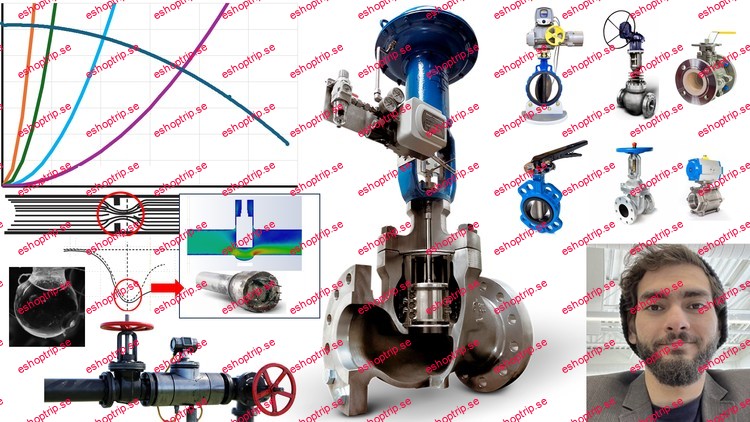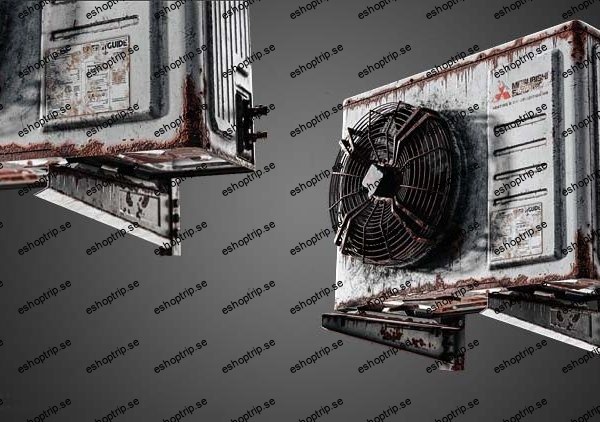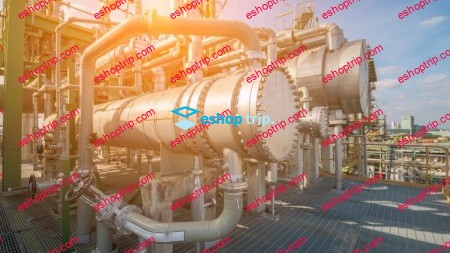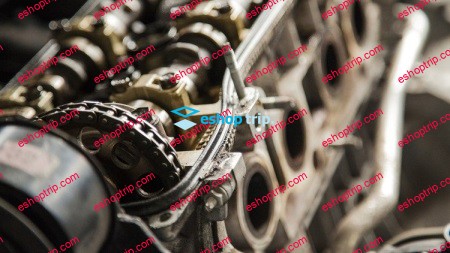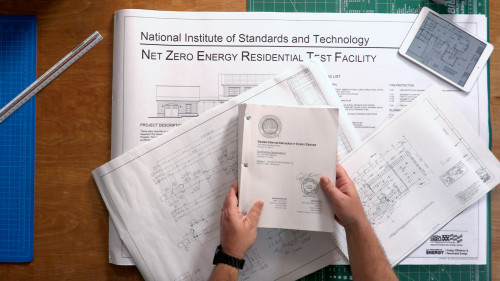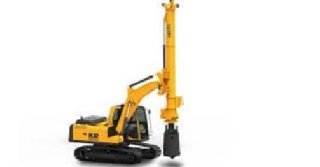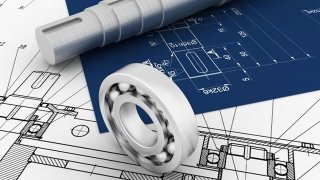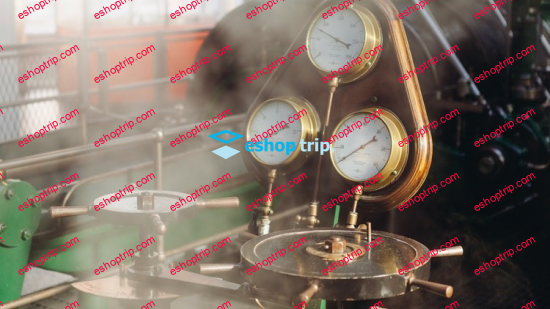Published 9/2024
Created by Amr Mohyeldin
MP4 | Video: h264, 1280×720 | Audio: AAC, 44.1 KHz, 2 Ch
Genre: eLearning | Language: English | Duration: 25 Lectures ( 3h 31m ) | Size: 3.4 GB
Size and Select Control Valves Appropiately,Calculate Valve Authoirty, Turndown, Pressure Drop and Avoid Cavitation
What you’ll learn:
Size and Select Control Valves For Liquid Applications
Understand Flow Coefficient (Cv), Flow Capacity at Different Pressure Drops, and Corrections for Viscosity and Specific Gravity
Convert Flow Coefficient (Cv) to Resistance Coefficient (K)
Analyze Inherent Valve Characteristic Curves With Examples
Differentiate Between Inherent Valve Characteristics and Installed Valve Characteristic Curves
Assess Valve Authority and Its Impact on Pressure Drop and System Head Curves
Evaluate the Relationship Between Valve Open Percentage and System Head Curves
Analyze the Impact of Valve and Operational Parameters on System Head Curves in Pump Applications
Understand Valve Rangeability, Turndown Ratio, and Their Impact on Control Valve Sizing With Examples
Apply Control Valve Sizing Heuristics Effectively
Learn Reasons for Common Sizing Issues Like Cavitation and Flashing
Learn and Apply Equations to Figure if Cavitation or Flashing Exists
Work Through an Example to Check for Cavitation and Flashing
Learn Additional Parameters for Selecting the Appropriate Control Valve
Requirements:
A basic understanding of the pump head equation, the ability to plot system head curves, and knowledge of adding resistances in series using resistance coefficients for common piping elements such as piping, elbows, and tees (See Course: Pipe Sizing & Modeling Piping Systems for Liquids).
Description:
Chapter 1: Resistances in SeriesIntroduction to Resistances in SeriesPump Sizing RoadmapChapter 2: ValvesFlow Coefficient (Cv)Cv Corrections for Viscosity and Specific GravityCv and Flow Capacity at Different Pressure DropsConverting Cv to Resistance Coefficient (K)Inherent Valve CurveExample of Inherent Valve CurveIntroduction to Valve AuthorityChapter 3: Valve Authority & Installed Characteristic CurveReviewing Valve Authority DefinitionsValve Authority vs System Head PlotInherent vs Installed Characteristic CurveExample: Estimating Pump Curve, System Curve, Valve Authority, and Installed Valve Characteristic Curve at Different Valve OpeningsExpressing Valve Open Percentage vs System Head MathematicallyImpact of Operating Parameters on System Head CurveChapter 4: Rangeability & TurndownValve RangeabilityExample of Valve RangeabilityValve TurndownChapter 5: Rules of Thumb for Sizing a ValveKey Rules of Thumb for Valve Sizing: Includes Heuristics for Different Valve Openings at Different Operating Flowrates, Liquid Velocity, and Recommended Control Valve Pressure DropChapter 6: Challenges With Sizing ValvesCommon Sizing IssuesCavitation and Flashing: What Are They, Why Are They a Problem, and How to Check if They Are PresentExample of Checking for Cavitation and Flashing in a Control ValveChapter 7: Valve Selection ConsiderationsValve Selection Considerations: Includes a High-Level Guide on the Typical Parameters Required for Selecting a Control Valve
Who this course is for:
Engineers In-Training, Recent College graduates, Engineering Students
Chemical, Process, Petroleum Engineers
Piping, Plant Engineers
Mechanical Engineers
Design Engineers
Maintenance Technicians
Plant Operators
Civil Engineers
Safety Engineers
Homepage
